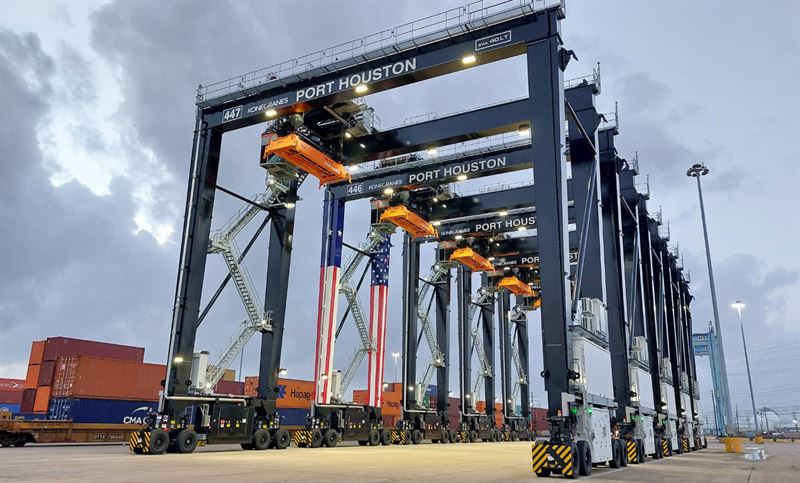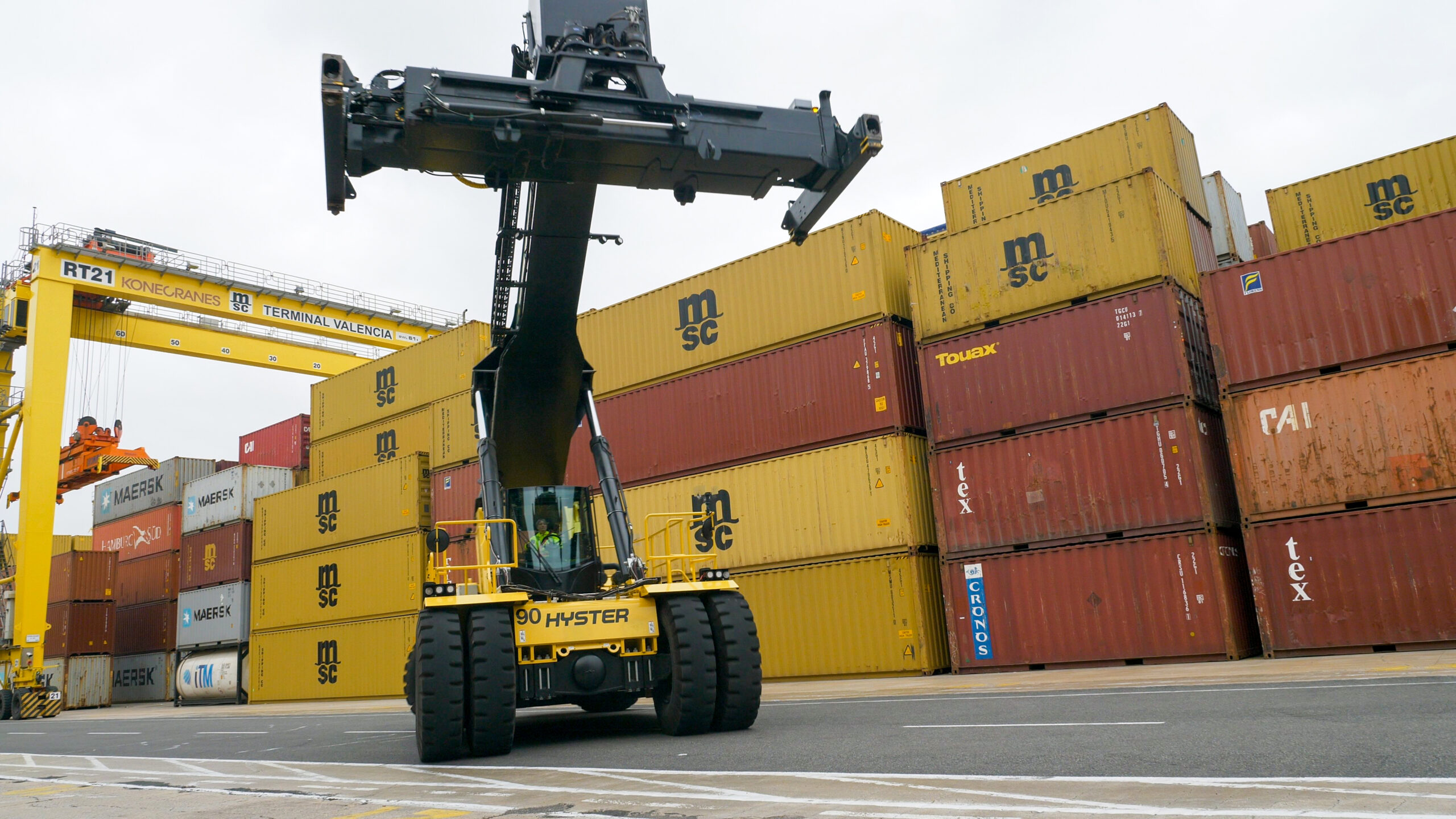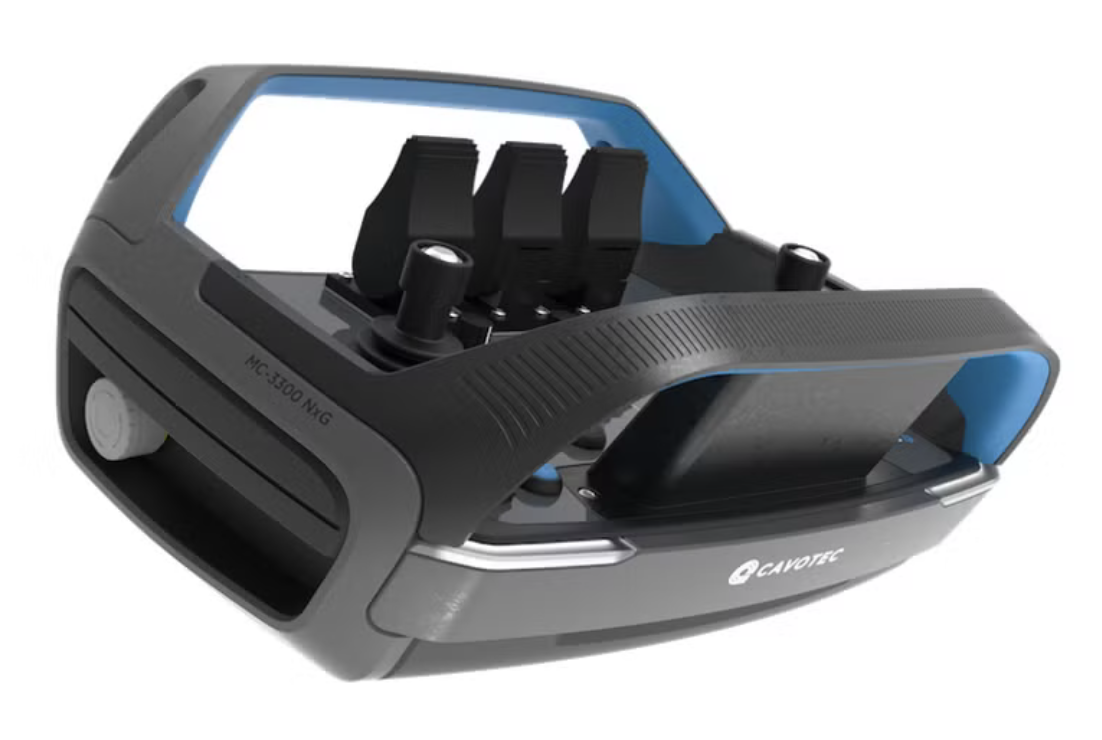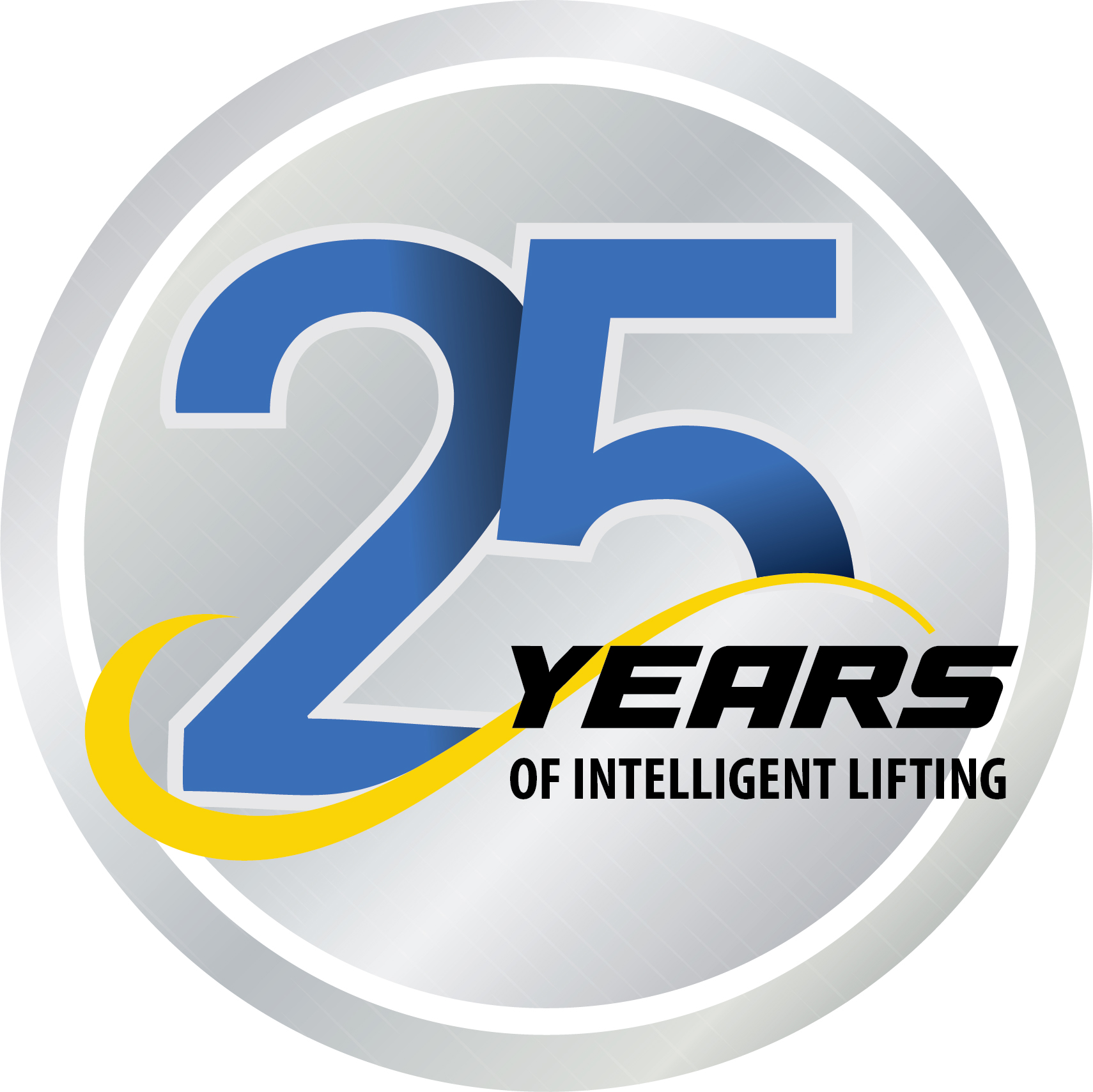Hyster Announces Results of Engine Teardown
Hyster Company has announced the results of its Tier 4 engine teardown inspection undertaken to prove the long-term performance and durability of the engines.
As part of the testing, Cummins Inc., who collaborated with Hyster in the integration of the Cummins QSL9 engine into Hyster’s Tier 4 powertrain, performed an engine teardown inspection to assess the in-service durability and achievable life-to-overhaul compared with larger Tier 3 engines typically used in the same applications.
The disassembly and in-depth examination of the engine at close to 10,000 operating hours, revealed the major components, fuel system, turbocharger and block to be in near-perfect condition after three years of operation in a heavy duty application.
These results suggested that the Tier 4 engine could complete 20,000 hours of operation before an engine overhaul may be needed, which is equal to the life-to-rebuild of the larger 11-liter Cummins QSM11 Tier 3 engine, working on a similar duty cycle.
“This test proves to the entire industry what Hyster, Cummins and our customers using Tier 4 engines have known all along: Tier 4 engines combine all of the performance, durability and toughness traditionally associated with Hyster lift trucks, with significantly enhanced fuel economy and sustainability benefits to achieve compliance and help increase profitability,” said Brett Schemerhorn, president of big trucks, Hyster.
These engines, with smaller displacement, produce similar or greater horsepower and torque while consuming less fuel and producing fewer emissions through an integrated design. Beyond meeting emissions requirements, the two leading manufacturers have combined to develop products designed to optimize performance, while reducing total cost of ownership.
Additional features designed to drive fuel economy include:
- On-demand cooling to help reduce fuel consumption and noise;
- On-demand load-sensing hydraulics to help reduce fuel use and increase the life of hydraulic system components;
- Empty seat engine shutdown to reduce non-productive idling;
- Automatic throttle-up to enable the engine to work in its most efficient “sweet spot”;
- ECO modes, which are selectable drive modes to balance power requirements and fuel consumption;
- Idle management to reduce engine rpms when truck is not in active operation.
Prior to the teardown, Cummins tested the QSL9 on a variety of performance factors, including power delivery and fuel consumption, as well as emissions and torque to ensure that the engine remained within acceptable tolerance levels, and to ensure that only normal service (no repairs or unscheduled maintenance) were needed.
An added benefit of the Tier 4 engines over that of Tier 3 is that they do not require any specific mid-life service intervention. Cummins exhaust systems are equally robust, protected against the most severe shock loads and are designed to achieve the same life as the engine.
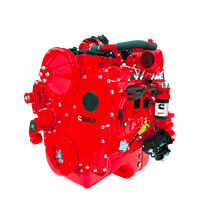
Cummins collaborated with Hyster in the integration of the Cummins QSL9 engine into Hyster’s Tier 4 powertrain.
“Cummins design philosophy is to utilize only proven technologies and components that we know will meet the in-service reliability and long-term durability demanded for the toughest equipment applications—and the advantage of taking this approach is reflected in the impressive results of the QSL9 Tier 4 teardown inspection,” said Hugh Foden, executive director for Cummins off-highway business.


